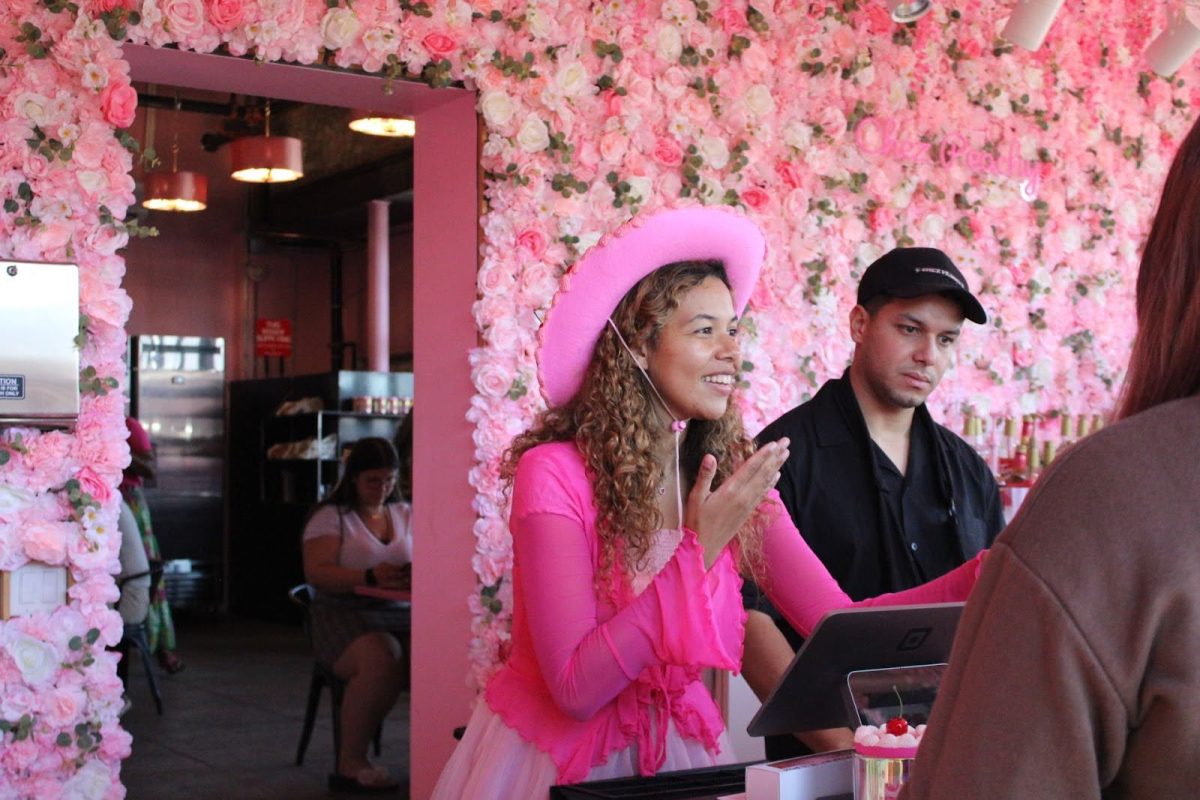One of the best days growing up was Sunday. There was no school, but my parents still had to work so I would spend the day at our grandfather’s apartment. On the coffee table, seemingly waiting for me, was the Sunday newspaper. I would sift through it until I found the comics. I would sit there for an hour or two, reading and re-reading the entire section, while the aroma of strong, fresh coffee wafted its way throughout the apartment.
Now, as I read the new Wednesday Comics from DC Comics, memories from that cozy hearth come back. And even though it hasn’t been entirely successful so far, DC should be commended for bringing such a project to fruition.
Spearheaded by DC’s art director Mark Chiarello, Wednesday Comics features 16 stories serialized in 12 parts, which began this July. Each edition is priced at $3.99. Some of the best writers and artists in the comics industry — Neil Gaiman, Michael and Laura Allred, Kurt Busiek, Lee Bermejo — are involved. Like Sunday comics, each story is printed on tabloid-sized newsprint and in full color. Unlike what most current newspapers print, each page is devoted to one part of a series. (Imagine every page of the Daily Wildcat filled with nothing but comics.)
The Wednesday Comics concept cannot be done nowadays through most, if not all, of the daily newspapers. With the numerous cutbacks, layoffs and shutdowns of several newspapers throughout the country, one of the worst hit sections has been comics. The daily and Sunday strips have been shrinking since the 1940s. As each round of recession hit the newspaper, the comics literally shrank. The editor may cancel one or two strips, or, if the situation was really bad, the creators would have to work with fewer panels for their stories.
It’s ironic that newspapers treat comics as second-class citizens — even, sadly, at the Daily Wildcat — since they can offer readers a panacea to the news. After reading the 30th story about the financial firestorm at the UA and at the State Capitol (for anyone new to the UA, you are in for a surprise), spending a few minutes with comic strips comes as a relief. They can also provide social or political commentary in the vein of “”Doonesbury,”” “”Cul De Sac,”” or “”Calvin & Hobbes,”” where they can cut to the heart of a thorny issue with just four panels. (Political cartoons have a tougher job — they only have one.)
Despite my lamenting about the state of newspapers and comic strips, DC hasn’t quite succeeded so far with its own Wednesday Comics. Some of the stories, like Ben Caldwell’s “”Wonder Woman,”” are overly complicated in its design and storytelling, which results in a confusing read. It’s a shame since his Wonder Woman is probably the most refreshing version to come out of DC in decades. Brian Azzarello and Eduardo Risso’s “”Batman”” can also be confusing but for a different reason. Because the story is told weekly, the recent episode where Batman takes out a thug without background explanation left me struggling to remember what had happened before. Thankfully, Risso’s simple, noir style compensates for the minimal story. Highlights out of the 16 series:
— Paul Pope’s “”Strange Adventures”” — Pope is consistently great with his story and manga-influenced art.
— Dave Gibbons and Ryan Sook’s “”Kamandi: The Last Boy On Earth!”” — similar to Hal Foster’s “”Prince Valiant”” in style and tone.
— Adam and Joe Kubert’s “”Sgt. Rock and Easy Co.”” — pitch perfect in its pacing, story and art.
Even for all of its flaws, DC Comics should be applauded for making an effort to introduce (or reintroduce) us to the Sunday comic strip. Now I just need a cup of strong, black coffee.
—What are your thoughts about Wednesday Comics? What do you think of the comic strips in newspapers? Please leave your comments at the new DailyWildcat.com. You can reach Steven Kwan at arts@wildcat.arizona.edu.








